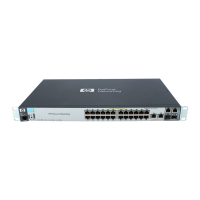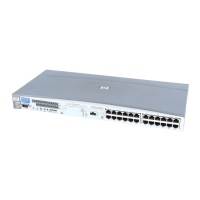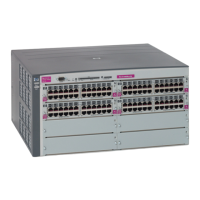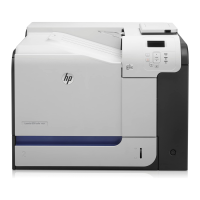3. Modify the user search settings for all users associated with this MPP using the options
described in
Table 8-11 User search capabilities on page 112.
NOTE: Clearing the settings provided in Table 8-11 User search capabilities on page 112
prevents users from printing to an address of the search type that you cleared. For example, if
the Network printers option is cleared, users cannot locate printers with an address type of
TCP/IP or host name.
Table 8-11 User search capabilities
Options Description
Network print shares Select this option to allow users to browse for and use printer shares on the
network. (Selected by default.)
Network printers Select this option to allow users to search for and use TCP/IP printers
connected to the network. (Selected by default.)
4. In the New template field, enter a name for the new user-search template.
5. Click Apply to save your changes, or click Hide to close the User search capabilities panel
without saving your the changes.
NOTE: Do not disable Network Printing. The Network Printers option is required to be
enabled at all times. When a user searches for printers in dynamic mode, the code contains
internal links that require this feature be continually enabled. A solution is available in a future
release of HP MPA.
Figure 8-2 Network Printing error message on page 112 figure represents
the error message that is displayed when Network Printers is disabled.
Figure 8-2 Network Printing error message
NOTE: An error message displays at the top of the screen if you click Apply without providing
enough information in the User search capabilities panel.
The following is an example of such an error message. Please review the following errors:
You specified creation of a new template for user search capabilities, but did not give a
name.
6. If no more properties must be applied to the selected MPP, select one of the options in the
Update policy panel. For more information, see
Update an MPP on page 115.
112 Chapter 8 Manage the HP UPD using HP Managed Printing Administration (HP MPA) and
Active Directory Group Policy
ENWW
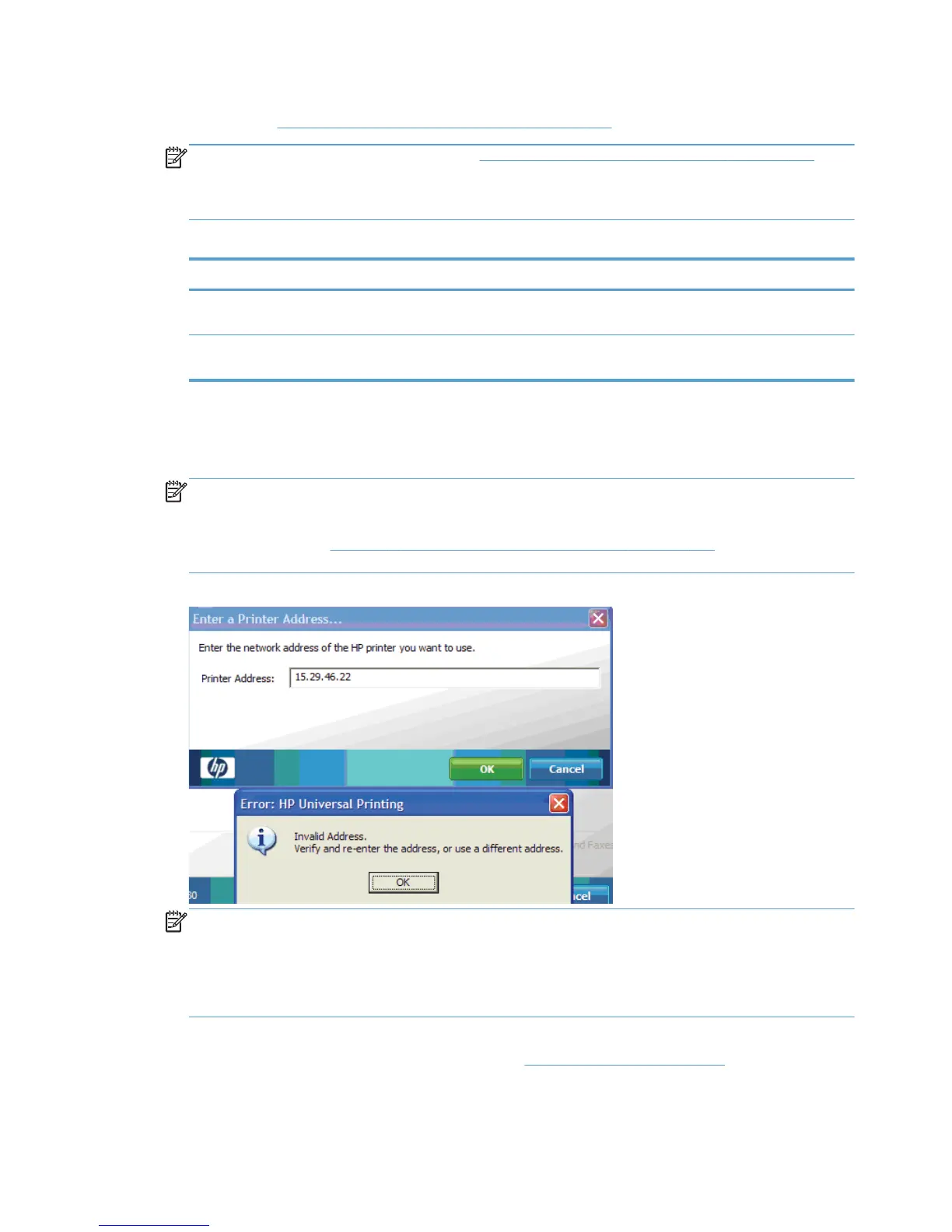